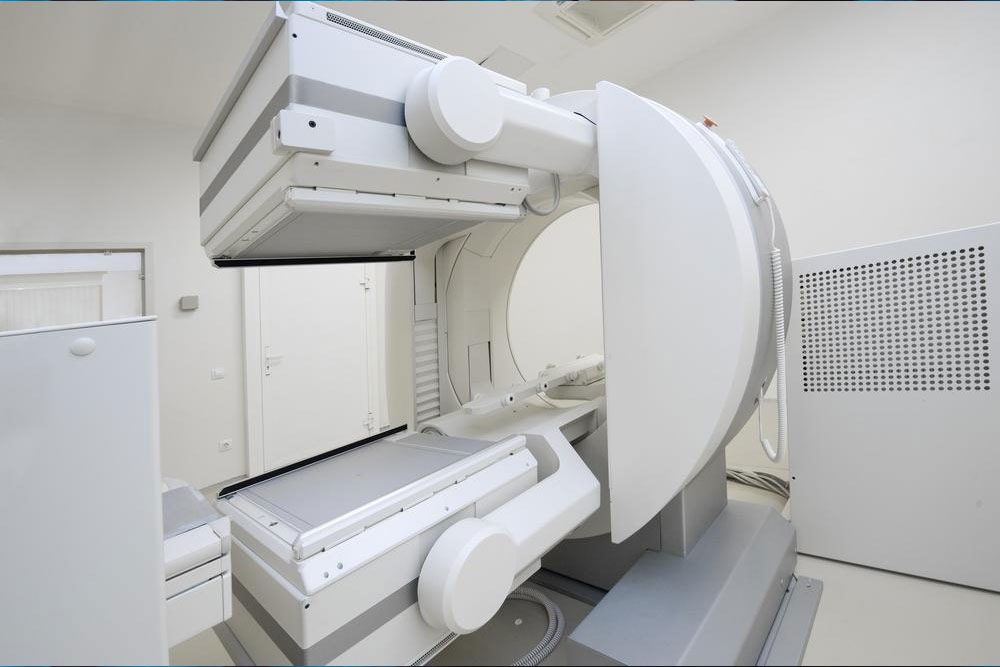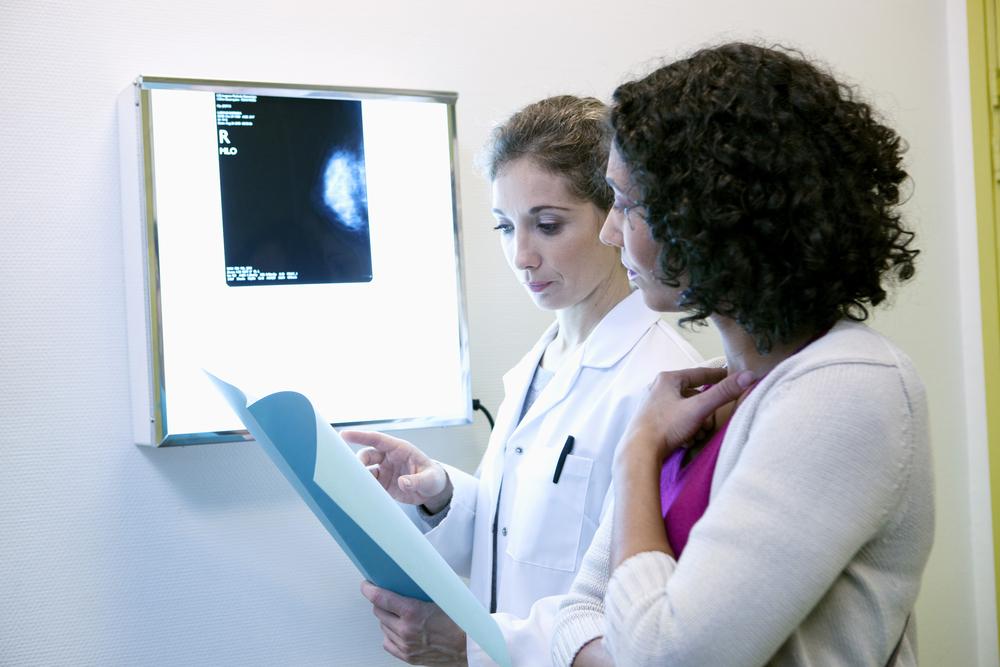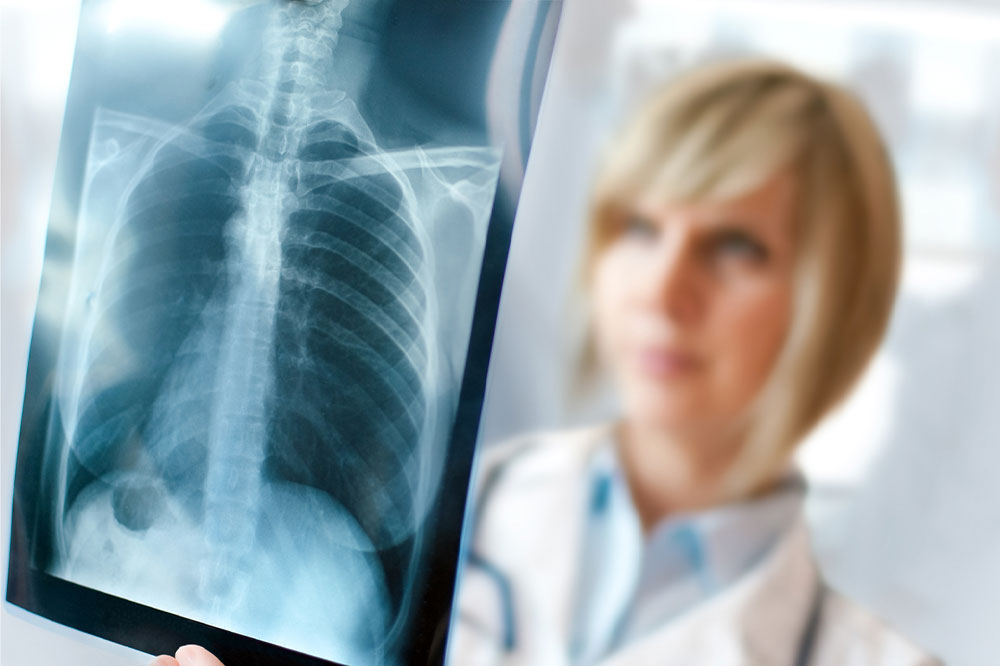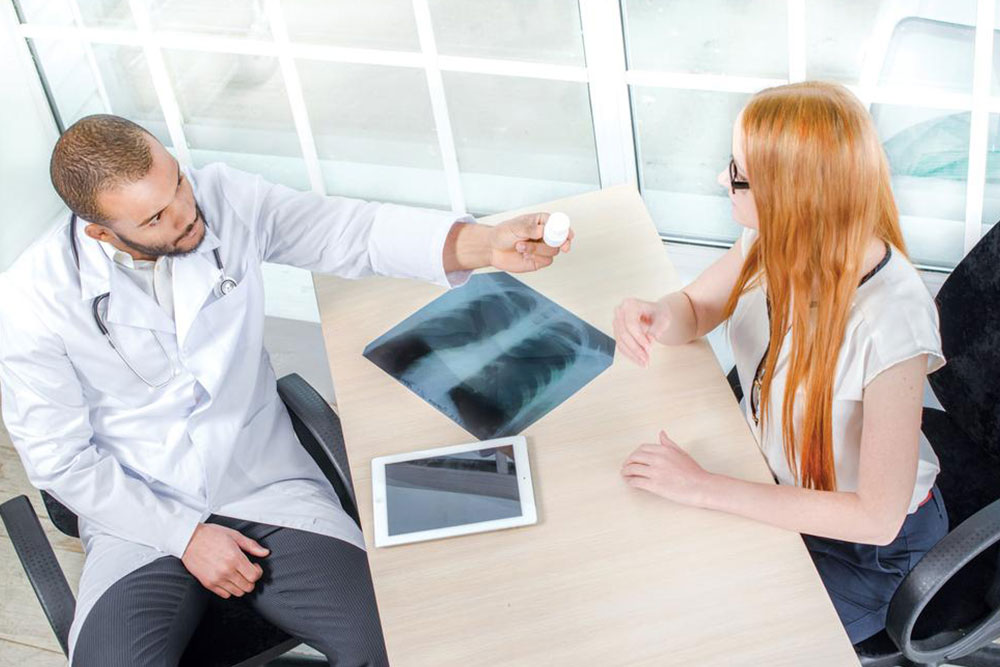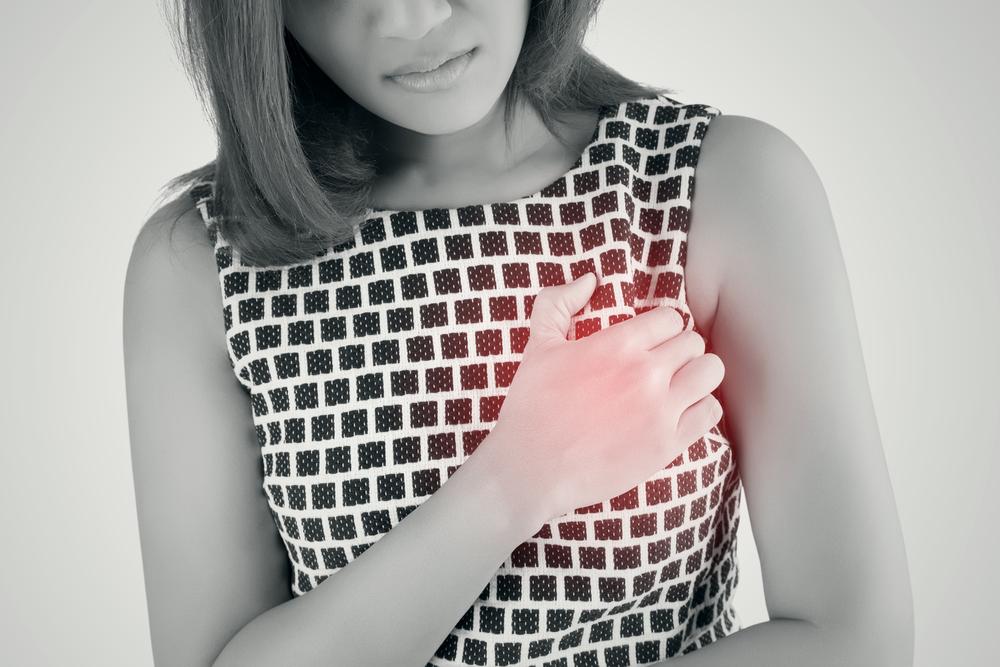Role of PET Imaging in Lung Cancer Detection and Stage Assessment
Discover the vital role of PET scans in diagnosing and determining the stage of lung cancer. This advanced imaging technique uses radioactive tracers to detect cellular activity and tumor spread, helping doctors develop precise treatment plans. Combined with CT scans, PET provides detailed 3D images, enabling accurate identification and staging of lung cancer with minimal discomfort. Understanding this technology's importance can lead to earlier detection and improved patient outcomes in lung cancer management.
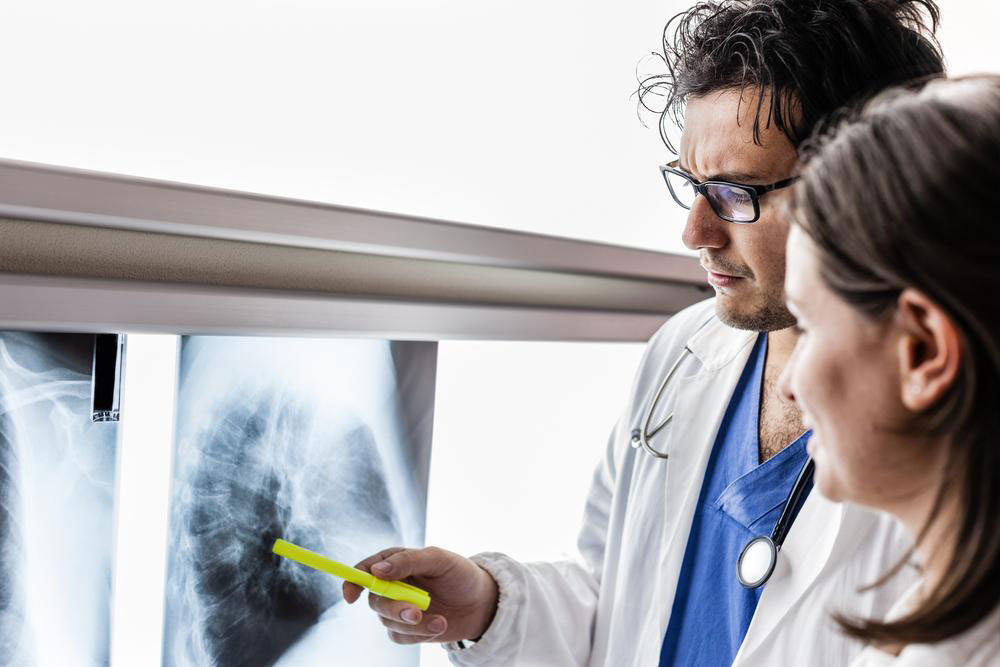
Role of PET Imaging in Lung Cancer Detection and Stage Assessment
Positron emission tomography (PET) is an advanced imaging technique that evaluates how organs function within the body. It uses a radioactive tracer to detect cellular activities on a molecular level, offering insights beyond traditional anatomy. PET scans are crucial in identifying blood flow, glucose uptake, and other functional processes, especially in lung health monitoring.
Typically combined with a CT scan, PET imaging helps differentiate healthy tissue from cancerous cells when lung cancer symptoms appear. These combined scans generate detailed 3D images, enabling precise localization of tumors.
Using PET for Lung Cancer Diagnosis
The procedure involves injecting a small dose of glucose and radioactive material an hour before scanning. The substance circulates through the bloodstream, gathering in affected lung tissues. During the scan, the patient is positioned inside a scanner that detects gamma rays emitted by the radioactive tracer, forming detailed images of cellular activity. This method delivers highly accurate detection of lung cancer within a single scan, with procedure time varying based on the organ size.
Assessing Lung Cancer Stage with PET
PET imaging helps determine cancer stages from 1 to 4, depending on tumor growth and spread. Faster-growing tissues absorb more tracer, indicating active tumor regions and metastasis, thus aiding treatment planning. The process is generally painless, with only a slight pinch from the injection.

